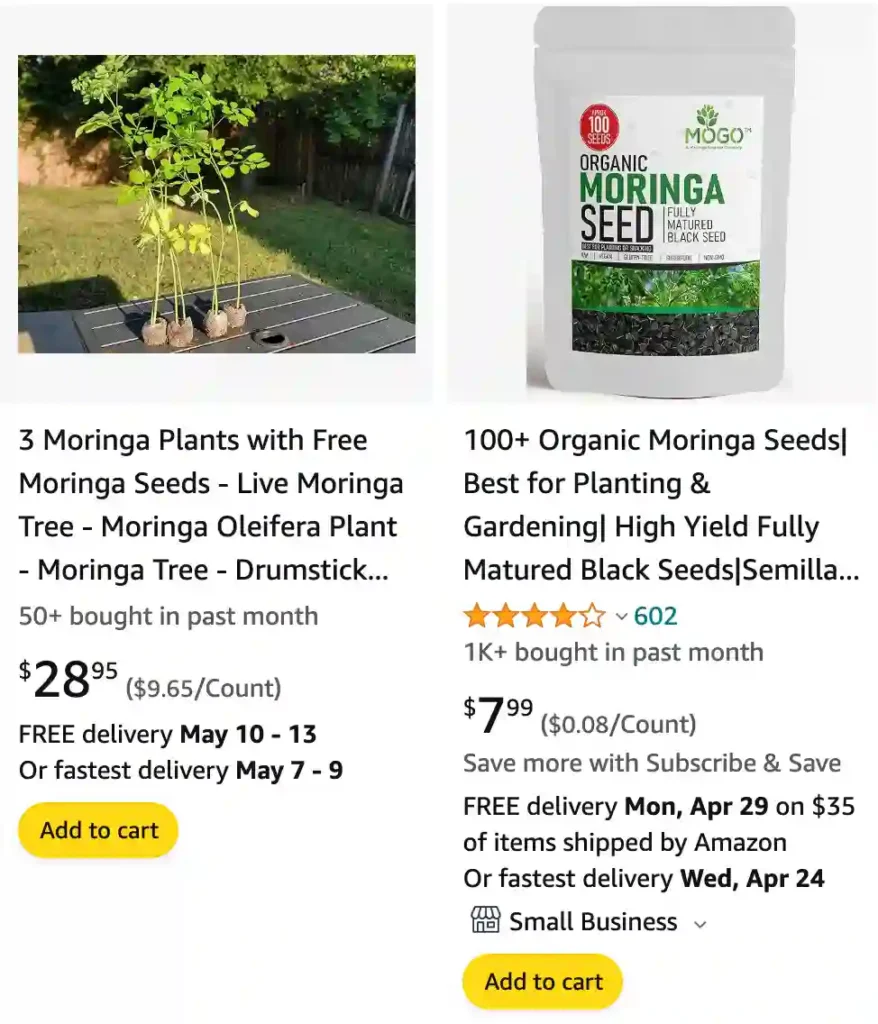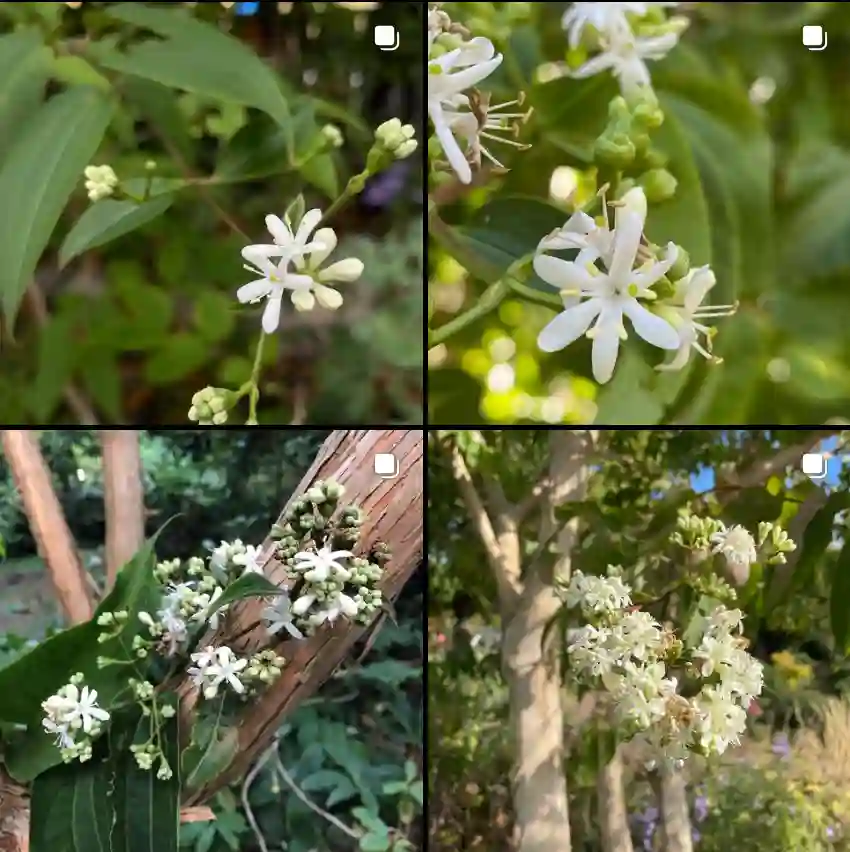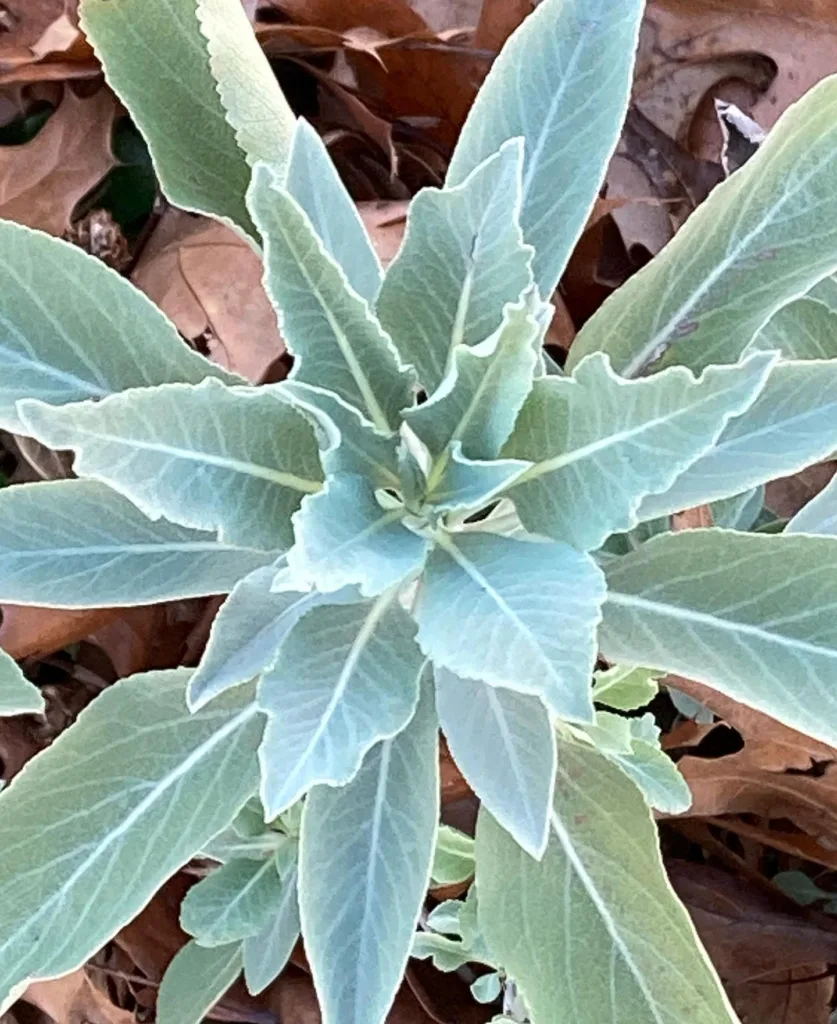
Discovering the Moringaceae Family: A Personal Journey
The Moringaceae family, often overlooked in the realm of botany, is a treasure trove of knowledge and benefits. With the genus Moringa at the forefront, I’ve come to appreciate the unique characteristics and advantages of these remarkable plants. My journey into the world of Moringaceae has not only enriched my understanding of botany but also opened my eyes to the health benefits that Moringa species offer.
What is a moringa tree?
The moringa tree, also known as Moringa Oleifera, is a plant native to parts of Africa and Asia, though it’s now cultivated in various regions worldwide. It’s often referred to as the “miracle tree” or “drumstick tree” due to its numerous health benefits and uses. Personally, I’ve seen moringa trees during my travels in tropical countries, where they thrive in warm climates. They have distinctive long, slender pods resembling drumsticks, which contain seeds used for oil extraction. The leaves, flowers, and pods of the moringa tree are all edible and rich in nutrients, making them valuable additions to diets in areas where malnutrition is prevalent. I’ve also learned that moringa trees are highly resilient and can grow in diverse environments, which contributes to their popularity as a sustainable food source and as a tool for combating malnutrition and promoting food security.
Moringa species
- Moringa arborea Verdc.
- Moringa borziana Mattei
- Moringa concanensis Nimmo ex Dalzell & A.Gibson
- Moringa drouhardii Jum.
- Moringa hildebrandtii Engl.
- Moringa longituba Engl.
- Moringa oleifera Lam. Plant FAQs: Benzoil Tree – Moringa Oleifera
- Moringa ovalifolia Dinter & A.Berger
- Moringa peregrina (Forssk.) Fiori
- Moringa pygmaea Verdc.
- Moringa rivae Chiov.
- Moringa ruspoliana Engl.
- Moringa stenopetala (Baker f.) Cufod.
Exploring Moringa
Moringa oleifera has earned a special place in my heart due to its versatile uses. The tree is native to the Indian subcontinent but has spread across the globe. Its adaptability to various climates makes it an excellent choice for many gardeners, including myself. I started growing Moringa in my backyard, and witnessing its rapid growth was nothing short of fascinating.
Nutritional Powerhouse
One of the most compelling reasons for my interest in Moringa is its impressive nutritional profile. The leaves are rich in vitamins A, C, and E, as well as essential amino acids and antioxidants. I often incorporate Moringa powder into my smoothies, and I can genuinely feel the difference in my energy levels. The high protein content in its leaves makes it a great supplement for those on a plant-based diet, which I find particularly appealing.
Health Benefits of Moringa
The health benefits of Moringa are numerous, and I’ve experienced some of them firsthand. Its anti-inflammatory properties have helped with my occasional joint discomfort. Moringa is known to lower blood sugar levels, which I’ve found beneficial for maintaining my energy throughout the day. As someone who enjoys staying active, this attribute resonates with me deeply.
Moreover, Moringa is reputed to support heart health by reducing cholesterol levels. After incorporating Moringa into my diet, I’ve noticed improvements in my overall well-being, and my last health check-up confirmed that my cholesterol levels were in a healthy range.
Cultivating Moringa: My Experience
Growing Moringa has been a rewarding experience. The tree is relatively easy to care for, thriving in well-drained soil and full sunlight. I’ve planted a few seeds, and within a couple of months, they sprouted into healthy seedlings. The growth rate is astonishing—Moringa trees can reach heights of 10-15 feet in just a year!
I enjoy harvesting the leaves for my culinary creations. Whether I’m adding them to soups, salads, or smoothies, the fresh taste enhances the flavor of my dishes. The flowers are also edible; I’ve used them in stir-fries and as a garnish, adding a touch of elegance to my meals.
Moringa in Traditional Medicine
My exploration of Moringa wouldn’t be complete without acknowledging its significance in traditional medicine. In many cultures, various parts of the Moringa tree have been used for centuries to treat ailments. I find it fascinating how traditional practices have stood the test of time, with modern research backing up many of these claims.
Moringa’s leaves have been used to boost lactation in breastfeeding mothers, and its roots and bark have applications in treating infections and inflammation. While I primarily use Moringa for its nutritional benefits, it’s comforting to know that I’m tapping into a long history of herbal wisdom.
Sustainability and the Future
As I delve deeper into the Moringaceae family, I’m increasingly aware of the environmental impact of growing Moringa. The tree is drought-resistant, making it an excellent choice for sustainable agriculture. In regions facing food insecurity, Moringa could play a pivotal role in providing nutritious food sources.
Moreover, its fast growth rate means it can quickly restore degraded lands. I often share my passion for Moringa with friends and family, emphasizing its potential as a sustainable solution in our changing climate.
Conclusion
The Moringaceae family, especially the Moringa genus, has significantly enriched my life. From its nutritional benefits to its ease of cultivation, Moringa has proven to be more than just a plant; it’s a source of health, sustainability, and cultural heritage. As I continue my journey with Moringa, I am excited to explore new recipes, gardening techniques, and health applications. Whether you’re a seasoned gardener or a health enthusiast, I highly recommend exploring the wonders of Moringa—it just might change your life, as it has mine.
If i die, water my plants!



